Focus on Passenger Comfort and Experience
In the Commercial Aircraft Interior Lighting Market, there is a growing emphasis on enhancing passenger comfort and overall experience. Airlines are increasingly recognizing that well-designed lighting can significantly impact passenger mood and well-being during flights. Research suggests that appropriate lighting can help reduce fatigue and anxiety, particularly on long-haul flights. Consequently, airlines are investing in innovative lighting designs that can simulate natural light patterns, thereby creating a more pleasant environment. This trend is likely to drive demand for advanced lighting solutions that cater to the psychological and physiological needs of passengers, ultimately influencing their choice of airline and travel experience.
Sustainability and Eco-Friendly Solutions
Sustainability initiatives are becoming a pivotal driver in the Commercial Aircraft Interior Lighting Market. Airlines are increasingly adopting eco-friendly lighting solutions as part of their broader sustainability strategies. The shift towards energy-efficient lighting, such as LED systems, not only reduces carbon footprints but also aligns with consumer preferences for environmentally responsible practices. Market data indicates that airlines implementing sustainable lighting solutions can achieve significant reductions in energy consumption, which translates to lower operational costs. This growing focus on sustainability is likely to propel the demand for innovative lighting technologies that minimize environmental impact while maintaining high performance and aesthetic appeal.
Regulatory Compliance and Safety Standards
The Commercial Aircraft Interior Lighting Market is also influenced by stringent regulatory compliance and safety standards. Aviation authorities worldwide mandate specific lighting requirements to ensure passenger safety and comfort. These regulations often dictate the types of lighting systems that can be used in aircraft interiors, pushing manufacturers to innovate and comply with these standards. As airlines upgrade their fleets to meet these regulations, there is a corresponding increase in demand for compliant lighting solutions. This trend not only drives market growth but also encourages manufacturers to develop advanced lighting technologies that align with safety protocols, thereby enhancing the overall quality of aircraft interiors.
Technological Advancements in Lighting Systems
The Commercial Aircraft Interior Lighting Market is experiencing a surge in technological advancements, particularly with the integration of LED lighting systems. These systems offer enhanced energy efficiency and longer lifespans compared to traditional lighting solutions. As airlines seek to reduce operational costs, the adoption of LED technology is becoming increasingly prevalent. Reports indicate that the market for LED lighting in aircraft interiors is projected to grow significantly, driven by the demand for improved passenger experiences and reduced maintenance costs. Furthermore, advancements in smart lighting solutions, which allow for customizable lighting scenarios, are likely to enhance the overall ambiance within the cabin, thereby improving passenger satisfaction and potentially increasing airline revenues.
Increased Aircraft Deliveries and Fleet Modernization
The Commercial Aircraft Interior Lighting Market is poised for growth due to the increase in aircraft deliveries and fleet modernization initiatives. As airlines expand their fleets to accommodate rising passenger demand, there is a corresponding need for modern lighting solutions that enhance the passenger experience. New aircraft models are often equipped with advanced lighting systems that offer greater flexibility and customization options. Market forecasts suggest that the demand for new aircraft will continue to rise, driven by factors such as increased air travel and the need for more fuel-efficient models. This trend is likely to stimulate growth in the interior lighting market as airlines seek to upgrade their existing fleets with state-of-the-art lighting technologies.


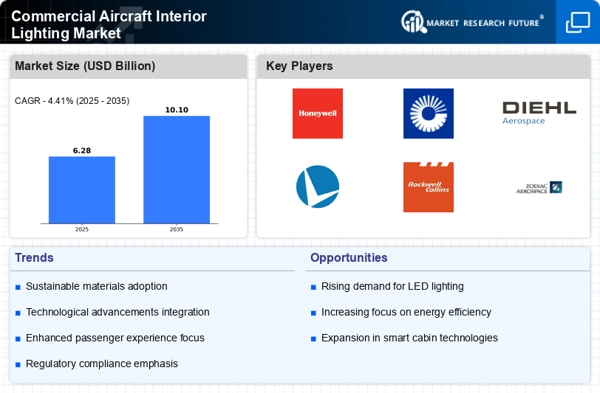
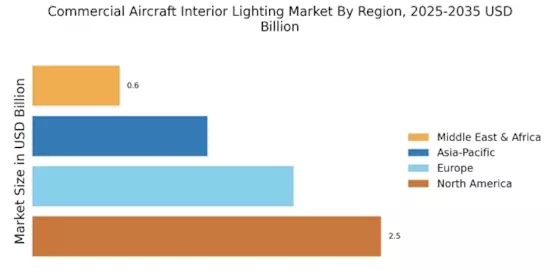
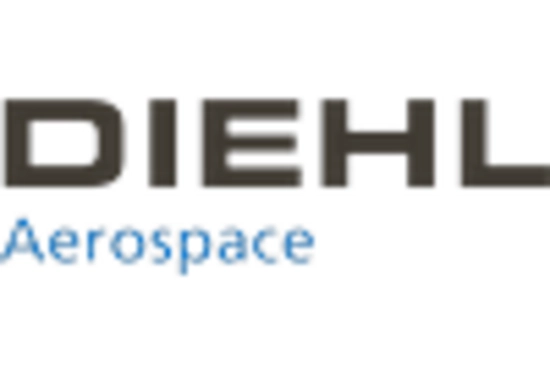

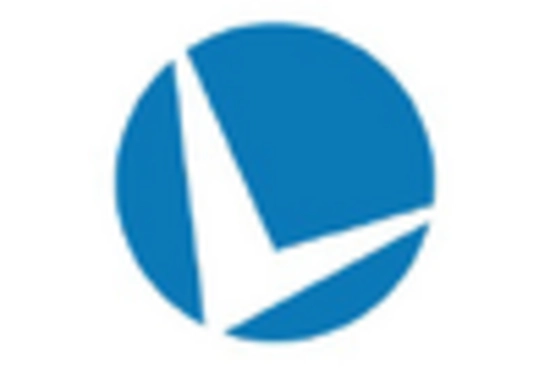
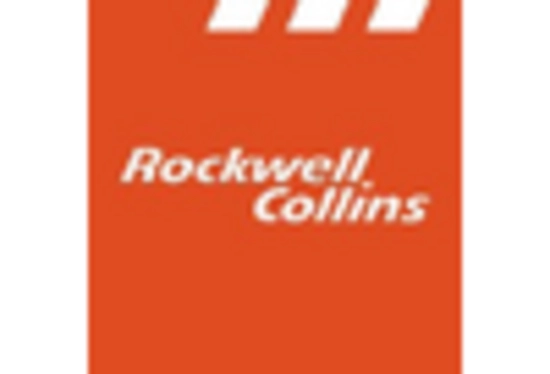
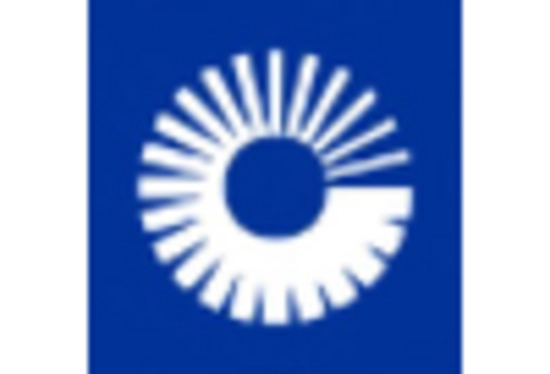
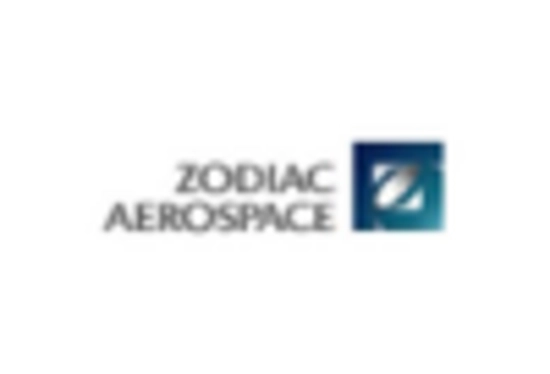








Leave a Comment